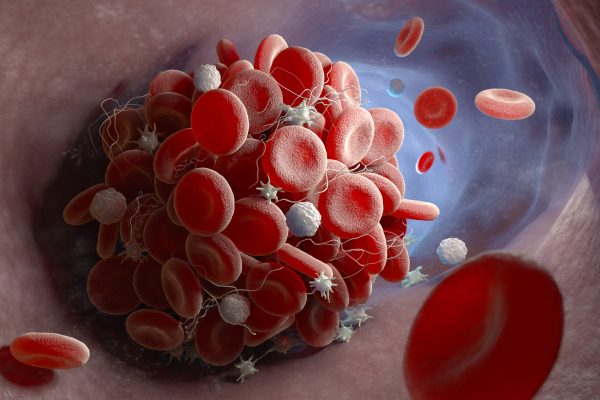
Unruptured intracranial aneurysms are considered to be a contraindication for intravenous thrombolysis in acute ischemic stroke. However, there is currently limited data on the risks. A Finnish prospective cohort study assessed the risk for aneurysm ruptures after a study period of 15 years.1
Jyri Virta and colleagues investigated whether intravenous thrombolysis (IVT) in acute ischemic stroke (AIS) would lead to aneurysm rupture and intracranial hemorrhages (IHCs) in patients with unruptured intracranial aneurysms (UIAs). They investigated this using a prospective cohort study with patients treated in a Finnish stroke center between 2005 and 2019.
The researchers reviewed radiology reports and records from the Finnish Care Register for Health Care to identify patients with UIAs among all AIS patients treated with IVT at the center. Angiograms of patients were analyzed for aneurysm characteristics and other brain imaging studies were analyzed for ICHs after IVT. The primary outcome measure was the number of in-hospital ICHs attributable to UIA rupture after IVT. Secondary outcomes were symptomatic ICHs in the hospital (ECASS-2 criteria, i.e. increase of ≥4 points on the NIHSS) and all other in-hospital ICHs.
During a 15-year study period, a total of 3,953 AIS patients were treated with IVT, of whom 132 patients (3.3%) had one or more unruptured aneurysm. A total of 155 UIAs (141 saccular and 14 fusiform) were identified. The mean diameter of the UIAs was 4.7 ± 3.8 mm, with 18.7% being ≥7 mm and 9.7% ≥10 mm in diameter. None of the 141 saccular UIAs ruptured after IVT.
Three patients [2.3%; 95%-CI: 0.6-5.8%] with large fusiform basilar artery UIAs had fatal rupture at 27 hours, 43 hours, and 19 days after IVT after AIS. All three received anticoagulant treatment after IVT and anticoagulation took effect during the UIA rupture.
Some ICHs and symptomatic ICHs were observed in 18.9% (95%-CI: 12.9-26.2%) and 8.3% (95%-CI: 4.4-13.8%) of all AIS patients, respectively.
Virta concludes that these results suggest that thrombolytic therapy may be relatively safe for people with ischemic stroke even if they have larger saccular aneurysms that have not ruptured. For people with large fusiform aneurysms, additional consideration should be taken regarding treatment as blood thinners may increase the risk of aneurysm rupture. Today blood thinners are not commonly used early after ischemic stroke, so that may help to reduce this risk even further.
These results may expand the population who can receive these thrombolytic therapies that can prevent death and disability for people with strokes, according to the researchers.
References